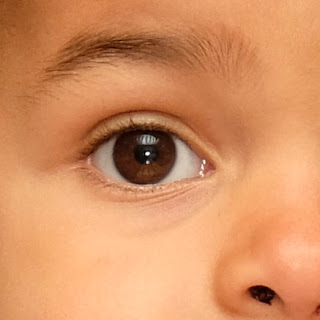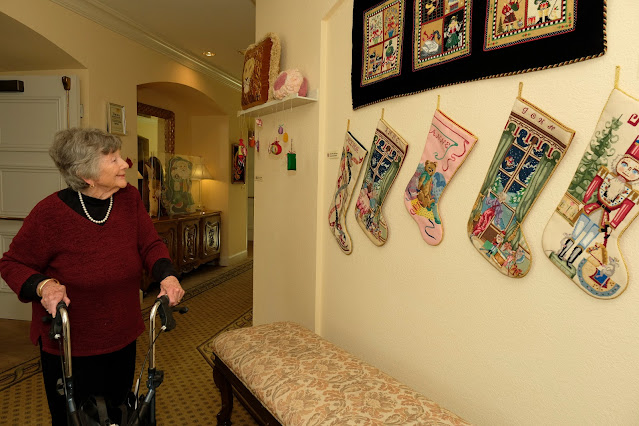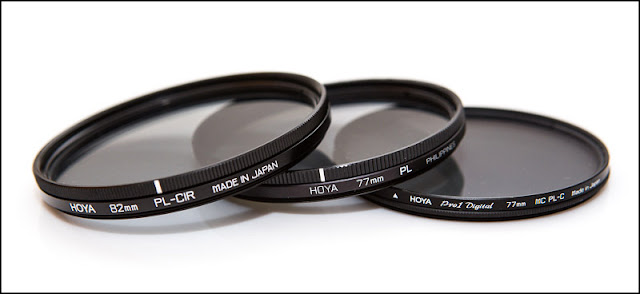
Guapo: This photo of "Guapo*" was made on my last assignment using a Gary Fong Lightsphere. Those who have followed my blog know that I was an early adopter, and that I still recommend it as you first, and possibly your last, flash modifier. It's simple to use, reliable, and durable. Since it was an exhibition, I assumed the quarters might be cramped, so a single, on-camera flash was the best choice. For this assignment, I brought a Godox flash with a rectangular head profile since my Light Sphere wouldn't fit on my preferred, round headed Godox V1. There is a wide variety of accessories that attach magnetically to the round head including color correction gels, snoots, grids, and diffusion domes.
I happened to visit the Gary Fong website, and found that they have updated the Light Sphere to accommodate the Godox V1 as you can see from this photo. In this photo taken from the Gary Fong website, you see the Light Sphere without the removable cloud dome. You can see that the magnetic bezel of the V1 is clearly visible, and accessible to a filter holder. This solves my gelling problem, and moves this round-headed wonder back into my camera bag. It turns out that with the dome removed, it can be stuffed into the compartment in my Domke F2 Camera Bag where I normally stow my X-T2, nose down, with its 16-55mm lens. It takes up no additional space, and it adds some additional padding. The dome is removed and then stowed behind one of the bag's internal dividers.

Alternatively, in venues with rooms having conventional ceilings, you can remove the dome and orient you flash to an optimal bounce configuration. Guapo's photo was made with the dome off in a room with a conventional eight-foot ceiling. In the sample at the top of this post, the dome was removed and the flash pointed straight up. You can see that the lighting is even from front to back bouncing down from the ceiling onto the wood panels in the background. Examination of the catchlights shows a large catchlight from the ceiling. accompanied by a smaller one from the Light Sphere itself. You can see this in the tight crop of the eye shown here. The third, small catchlight is probably from the varnished wooden bench my subject was sitting on. The latter two catchlights can be removed in post, if they bother you.

The Light Sphere has been copied overseas, and while the original costs a little more, it's worth it. I've been using them for about fifteen years now (I consider myself a relatively early adopter) and is still the flash modifier I recommend if one is just starting out. And the product keeps improving, so I'm glad to add this newest iteration, the Gen 5, to my camera bag.
Update - March 19: As of today, I have not yet received my Light Sphere Generation 5. I ordered it a week ago, and received the Dome, but not the LSG5 itself. All attempts to contact the company have been bounced back. I can understand some production and delivery problems, but as of now, nothing but crickets. Will update this post when the LSG5 finally arrives. I have faith.
*Spanish for "handsome".

















